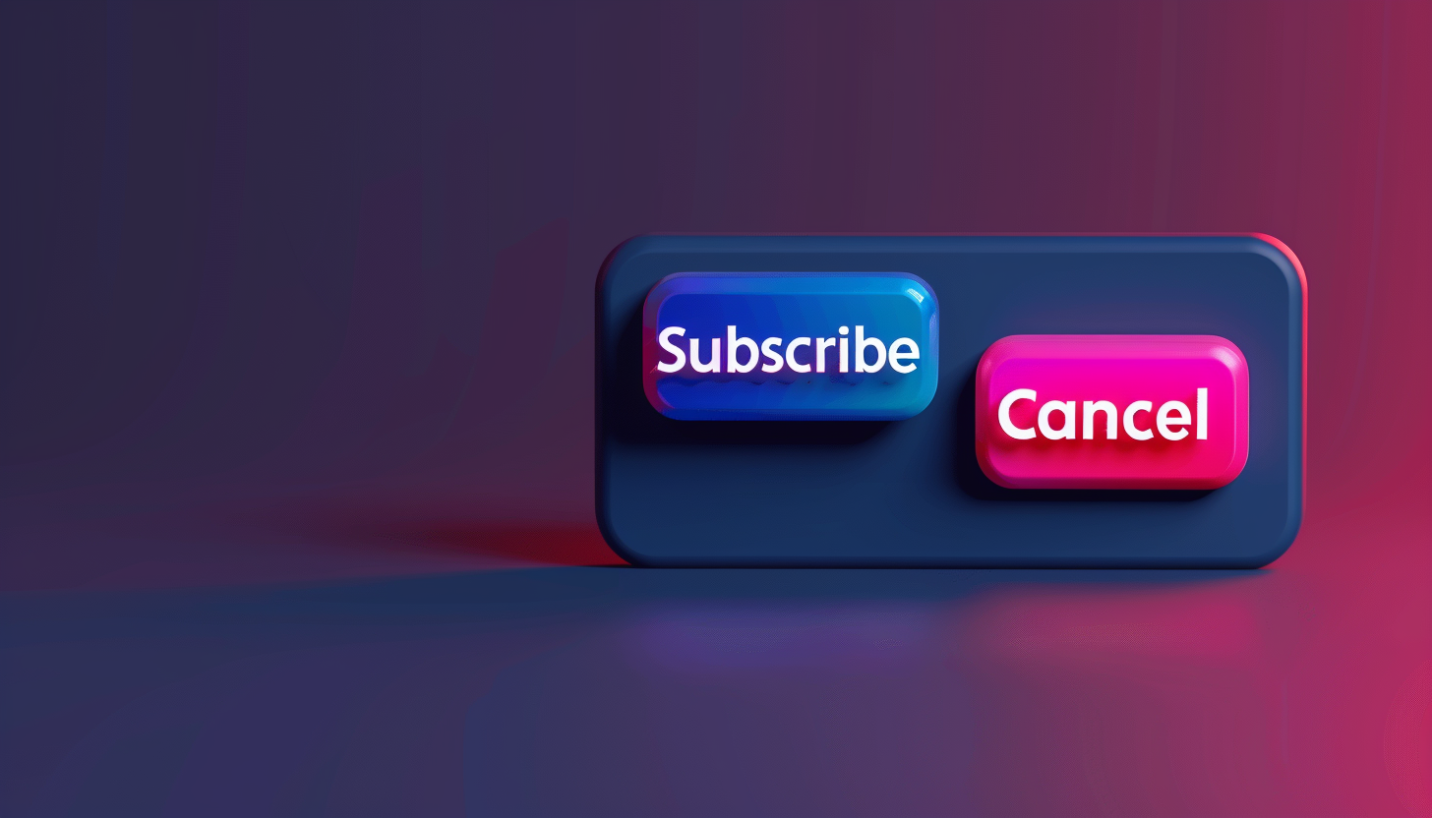The Federal Trade Commission just finalized its “click to cancel” rule, giving subscription services a clear directive: make it as easy to leave as it was to join. For anyone running a SaaS or app with recurring billing, this is big. We’ve all seen subscription models where, once you’re in, the exit path feels like an obstacle course. This rule, effective now, aims to fix that by ensuring consumers have a straightforward, one-click cancellation option. But compliance isn’t just about avoiding fines—it’s a chance to boost retention and build loyalty in an increasingly skeptical marketplace.
So, if you’re running an app, SaaS, or any digital service with subscriptions, here’s a breakdown of how to not only meet the standard but leverage it to strengthen your brand.
A Quick Recap: Why the Click-to-Cancel Rule?
The new rule is the latest in a string of consumer protections targeting “dark patterns”—deceptive UX tactics that companies use to lock customers in, like hidden cancel buttons, guilt-trip messaging, or complex cancellation paths. With fines for violators potentially reaching $50,120 per violation, compliance isn’t optional. But, beyond the numbers, it’s a fresh opportunity to differentiate your brand with a transparent, customer-first approach.
Common Violations of “click-to-cancel” rule to Avoid
Before diving into best practices, it helps to know what not to do. The FTC’s intent is clear: make things simple. But here’s where some companies go wrong:
- Hiding the Cancel Option: Burying the cancel button under layers of settings or obscure pages is an instant red flag.
- Adding Friction Through Extra Steps: Requiring users to confirm their identities repeatedly or asking for long-winded feedback before processing a cancellation is not in line with the rule.
- Making People Call to Cancel: Requiring a phone call to customer support to cancel is a major no-go. You need to offer a digital, easy-to-access option.
- Using Dark Patterns to Discourage Cancellation: Overly sentimental messaging (“We’ll be lost without you!”) or too many “Are you sure?” pop-ups that nudge users to stick around also won’t fly.
With that in mind, here’s how to make your subscription model not just compliant but optimized for growth.

1. Be Transparent from Day One
Customers want to feel in control. This starts with clear, honest communication about your service terms, renewal cycles, and cancellation policies. Ditch the legal jargon; speak their language. When subscription dates or price hikes are coming up, give them a heads-up via email or in-app notifications. Being transparent not only ticks the compliance box but also fosters trust, which keeps customers engaged for the long haul.
2. Rethink Your UI/UX with the User in Mind
Incorporate a clear “Cancel Subscription” button into the app or web dashboard and keep it visible. If your product offers an “Account Settings” section, make sure the cancellation option is front and center. Use straightforward wording—no tricky phrasing, no hoops to jump through. And when it comes to the cancel flow, minimize the number of steps. Don’t forget about mobile users, either; they should have just as smooth an experience as desktop users.
Every point in the process should feel logical and fair, so users never feel tricked. Think of it like this: if someone cancels with a good experience, they’re way more likely to come back in the future.
3. Don’t Be Shy About Your Advantages
Sometimes, a well-timed reminder of your product’s unique value can make users pause. When someone initiates a cancellation, show them what they’ll miss if they go. Maybe it’s premium features, exclusive content, or the productivity and savings your solution offers. Show that you understand their needs but don’t overwhelm them with sales language.
Keep it simple—something like a quick list of benefits that might make them reconsider. Make this prompt informative, not pushy, to avoid the feeling of a hard sell.
4. Add Real Value to the Exit Process
If you’re going to try to keep someone on board, make it about value rather than just price. For example, consider offering an extended free trial of a premium feature they haven’t yet tried. Or, provide something that helps them transition smoothly—like free access to educational content or a support library. The key here is personalization; use their usage data to offer what they’ll genuinely benefit from. This way, they’ll feel recognized rather than “sold to.”
Offering more than a discount in these moments adds real value, showing customers you’re thinking about what they need, not just about keeping their dollars.
Why This Rule Can Actually Help You Retain Customers
Yes, you want to keep the customers you have, and the data supports it—it’s far cheaper to retain users than to acquire new ones. Building a reputation for fair and transparent practices not only meets the new rule but also reinforces loyalty, trust, and overall brand credibility. In today’s competitive SaaS market, these factors are your best assets.
Wrapping Up
The FTC’s click-to-cancel rule may seem like another regulatory hurdle, but it’s more than that. This is your chance to set your product apart by offering a genuinely customer-first experience. By emphasizing transparency, user-friendly design, and added value, you not only protect yourself from penalties but also strengthen your brand in ways that benefit you long-term.
By putting these strategies into action, app and SaaS owners can turn regulatory compliance into a real asset—winning trust, loyalty, and a competitive edge.
Are you looking for assistance in redesigning your product to comply with the “click to cancel” rule? Contact our experts now!

New Trends in Energy Trading and Risk Management Software

7 Common Mistakes in Software Requirements Specifications










